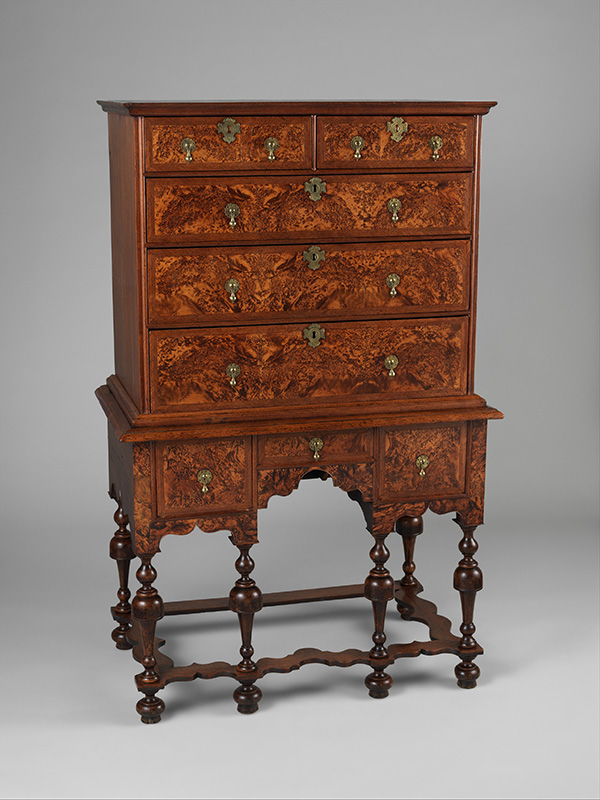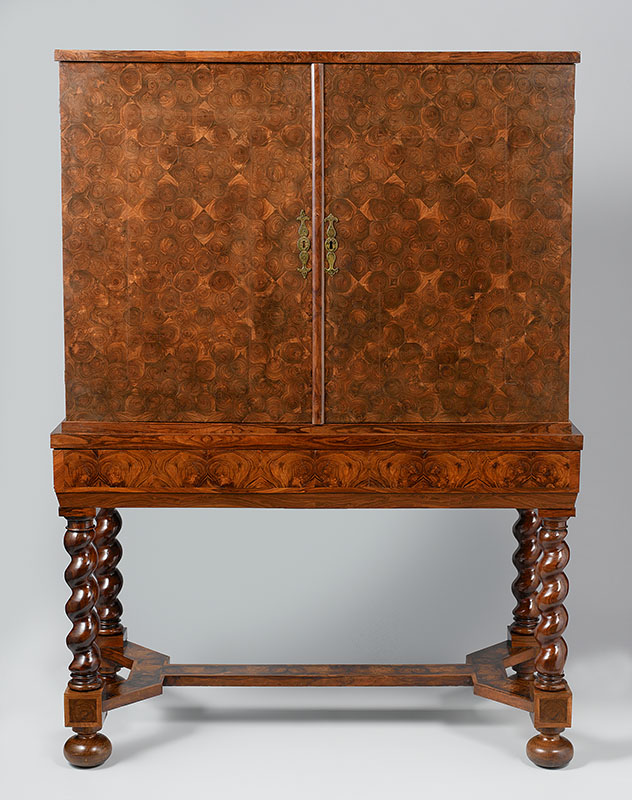Global Objects: Towards a Connected Art History
Click on images to enlarge them and view captions.
by Jessie Dean
Material, function, and meaning are essential concepts for understanding an object. Although deceptively fundamental, these concepts guide a thorough and nuanced review of the world of decorative arts in Global Objects: Toward a Connected Art History by Edward S. Cooke, Jr. (figure 1).
A thread of comparing the familiar and the novel carries through each chapter. For example, you are likely well acquainted with pewter as the tin alloy that has been employed by American artisans, but perhaps you are less familiar with bidriware, pewter’s zinc alloy counterpart used primarily in South Asia. Pewter and bidriware are chemically and geographically diverse, but both are cast in molds to make durable household objects that can then be embellished. Cooke begins with well-known materials and techniques to guide you through a vast array of contrasting objects from different locations and centuries.
Striking objects that were made many years and miles apart illustrate the exchange of ideas and use of material. Two mother-of-pearl chests made in Gujarat, India, and Nagasaki, Japan, clearly reference a shared history. Three embroidered panels, of silk from China and Portugal and wool from Peru, all featuring a radial design of a central peony surrounded by phoenixes demonstrate a shared but diverging history in textile form. Even when there is an absence of written documentation of this transfer of knowledge, the objects themselves serve as proof that they were moved, traded, appreciated, and imitated for different audiences.
The book’s plentiful and well-annotated images will have you making comparisons of your own. Seeing the burl maple veneer on the Boston high chest (figure 2) in chapter 6 on “Circulation and Interchange” makes it irresistible to flip back to chapter 3 on “Appearance” to revisit the swirling rosewood veneer on the Netherlandish collectors chest with spiral-turned legs (figure 3). These connections are satisfying and plentiful, and Cooke provides reference information quickly along with a philosophical discourse meant to be read slowly and digested thoroughly. I hope the contrasts in Global Objects surprise you and expand your passion for decorative arts.
Jessie Dean is the Membership Manager at the Decorative Arts Trust.
A print version of this article was published in The Magazine of the Decorative Arts Trust, one of our most popular member benefits. Join today!



